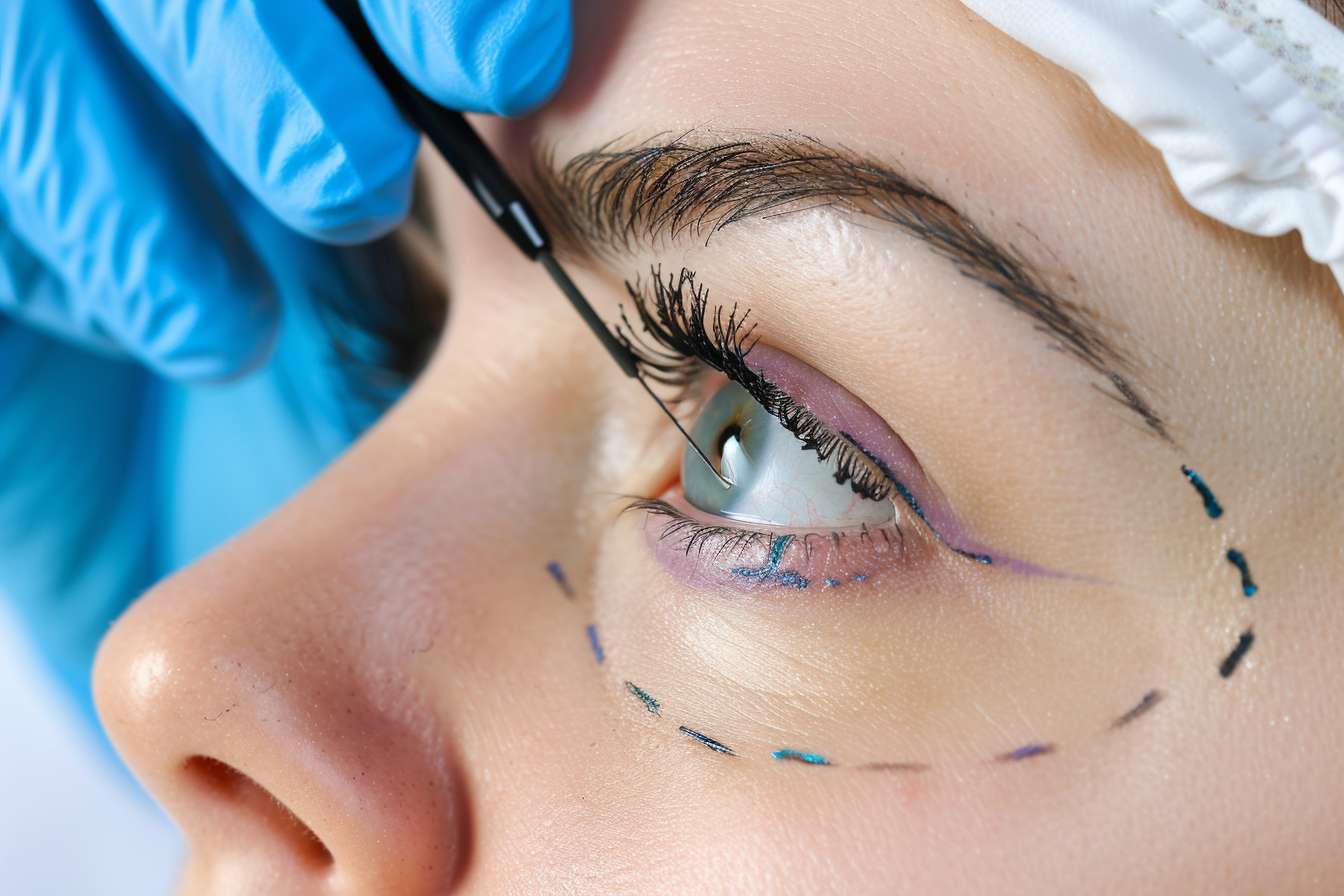A Comprehensive Look into Juvederm: The Science, The Impact, and The Outcome
Juvederm, a hyaluronic acid-based dermal filler, has seen a surge in popularity in the recent years. As a non-surgical cosmetic procedure, it appeals to a wide demographic of individuals seeking to enhance their natural beauty without the invasiveness and recovery time of traditional surgery. This article delves into the history of Juvederm, its significance in the world of cosmetic procedures, and its reception within the beauty community.

Juvederm: A Snapshot of Its History
Juvederm was FDA-approved in 2006, but its roots can be traced back to the 1960s when dermal fillers were first introduced. Initially, these fillers were collagen-based and required allergy testing, which made the procedure more complex and less appealing to many. However, Juvederm revolutionized the industry by introducing a hyaluronic acid-based filler that was not only safe but also more effective and long-lasting.
Hyaluronic acid is a naturally occurring substance in the skin that helps retain moisture and elasticity. As we age, our bodies produce less hyaluronic acid, leading to wrinkles and sagging skin. Juvederm, by injecting hyaluronic acid into the skin, effectively restores lost volume, smoothes wrinkles, and enhances natural facial contours.
The Rise of Non-Surgical Cosmetic Procedures
The advent of Juvederm and similar products marked a shift in the beauty industry, moving away from invasive surgical procedures towards less intrusive and more accessible treatments. According to the American Society of Plastic Surgeons, there has been a 39% increase in minimally invasive cosmetic procedures over the last five years.
This surge in popularity can be attributed to several factors. Firstly, these treatments are less time-consuming, often taking only 15-60 minutes per session. Secondly, they require little to no recovery time, making them a more practical choice for the busy, modern individual. Furthermore, they allow for more subtle results, enabling people to enhance their natural beauty without drastically altering their appearance.
Juvederm’s Impact on Beauty Standards
The accessibility and popularity of Juvederm have undoubtedly influenced our perception of beauty. It has opened up the possibility for more people to achieve the look they desire, potentially changing societal beauty standards. However, it’s essential to note that this shift also raises questions about the pressure to conform to these standards and the potential risks associated with cosmetic procedures.
Reception and Reviews: The Good and the Bad
Like any cosmetic procedure, Juvederm’s reception has been mixed. Many users applaud its ability to provide immediate results and its minimal side effects. They appreciate that it is a non-surgical, non-permanent option that allows them to experiment with their appearance and reverse the signs of aging.
However, critics argue that such procedures can encourage unhealthy beauty standards and increase body dissatisfaction. Moreover, while Juvederm is generally safe, it does come with potential risks, such as bruising, swelling, and in rare cases, more serious complications.
The Future of Juvederm and Dermal Fillers
Looking ahead, the market for dermal fillers like Juvederm shows no signs of slowing down. Advances in technology and technique continue to improve the safety, effectiveness, and naturalness of the results. New products are being developed that can target specific areas more effectively, and research is being conducted to extend the longevity of the results.
While the rise of Juvederm and similar products has undoubtedly reshaped the landscape of the beauty industry, it’s crucial to approach these procedures with a balanced perspective. They can be powerful tools for enhancing one’s natural beauty and boosting self-confidence, but they should never be seen as a necessity or a solution to underlying self-esteem issues.
In conclusion, Juvederm has played a significant role in the evolution of non-surgical cosmetic procedures and has had a profound impact on the beauty industry and societal beauty standards. As we move forward, it will be interesting to see how this trend continues to evolve and shape our perception of beauty.



